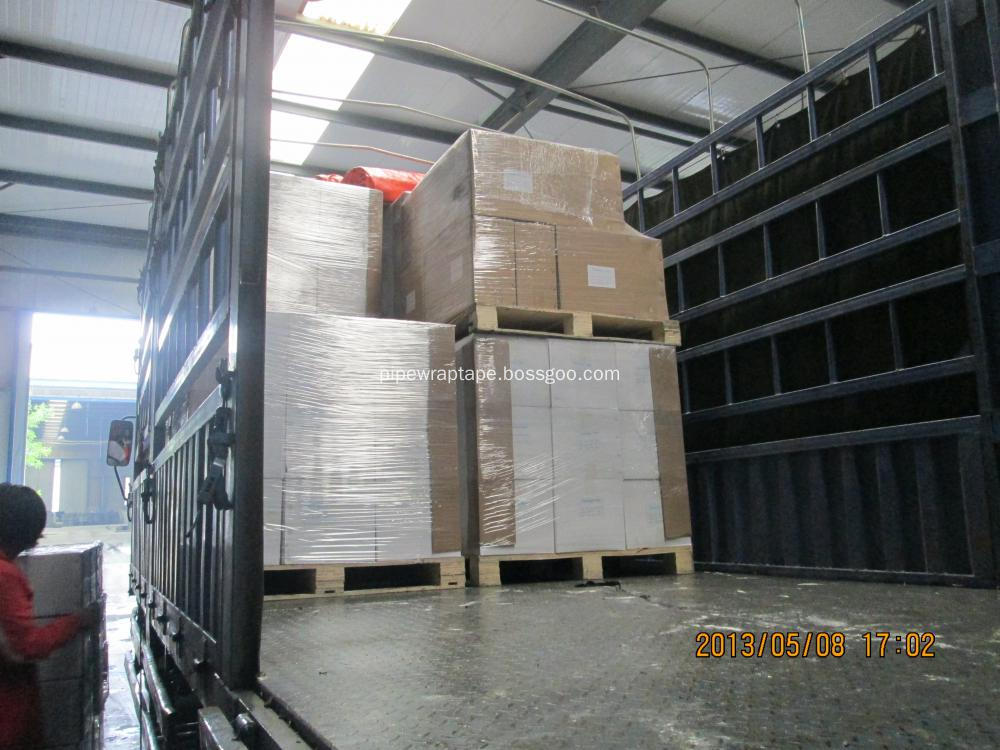Today, almost all printing companies have realized the importance of implementing green printing , but several companies can accurately say, what are the main pollution sources of printing companies in production? In general, the major sources of pollution in the production of printing companies include VOCs emissions, waste discharge, noise emissions, solid waste, resources, and energy consumption. Below, let us systematically sort out. VOCs emissions First, let's see what VOCs are. The definitions of VOCs by the international standards ISO 4618/1-1998 and German DIN 55649-2000 of the term paints and varnishes are - in principle, any self-volatile organic liquid and/or solid at normal temperature and pressure. VOCs are mainly found in printing raw and auxiliary materials, including inks, cleaning agents, dampening fluids, solvent-based varnishes, solvent-based adhesives, and the like. Undoubtedly, as a volatile organic compound, VOCs are the main cause of complex air pollution and the focus of green printing. Waste liquid discharge In the field of printing, waste liquid refers to film, traditional PS plate, CTP version of chemical developer and fixer, which contains a lot of chemicals harmful to the human body and the environment. For printing companies, waste liquids cannot be discharged arbitrarily and must be treated accordingly, including reuse, neutralization, or recycling to a designated organization. Noise emission Noise is also a common form of pollution in printing production, mainly in the following equipment: Printing equipment : printing press and its paper feeding part Postpress equipment: folding machine, etc. Auxiliary equipment: air pump, etc. Noise pollution not only has a great impact on the health of equipment operators, but also affects the work and life of residents around the printing plant area. It is also a very typical pollution and is easily overlooked by printing companies. Therefore, for noise emissions, printing companies need to focus on. For noise pollution, the general treatment methods include noise reduction and transformation of equipment, strengthening the degree of sealing in the workshop, earplugs for operators, and factories away from residential areas. Solid Waste The waste in printing and packaging mainly includes waste paper, waste plastic, waste ink, waste ink tank, waste rag, waste printing plate, waste chemical solution and so on. Like waste liquid, this kind of waste also needs to be professionally treated. Remember to discard it at will, otherwise it will cause secondary pollution to the environment. Resources, energy consumption In printing production, resources and energy will inevitably be consumed, such as: Paper (derived from deforestation) Power consumed by printing presses and other equipment Power consumed by ambient lighting, etc. Gas consumed by thermoset web presses Water consumed during printing (less) For the consumption of resources and energy, it is also necessary to control it. In doing so, it is conducive to environmental protection and is conducive to the cost savings of enterprises. VOCs emissions, waste discharge, noise emissions, solid waste, resources, energy consumption, etc., which is the main source of pollution in the production of printing companies. If the printing company can really strengthen control in these five aspects, start from bit by bit. Then, to achieve the green environmental protection of enterprises, it is just around the corner. (This article refers to the deputy secretary-general of China Printing Technology Association, Hu Guimian, secretary general of the National Printing Standardization Technical Committee, at the 2015 National Printing and Copying Training Course)
pipe wrap tape System describe
The XUNDA-T400 series is Cold applied tape coating system for corrosion protection of Oil, Gas, Petrochemical, and Waste Water underground or overhead pipelines.
It is a three-ply cold applied tape with stabiliesed polyethylene backing and butyl rubber adhesive layers on both sides.It is also used as inner-layer tape. It shall be applied by hand or with a wrapping machine
The 3Ply tape shall be applied after the Liquid adhesive and before the outer-layer tape by hand or with a wrapping machine
2 Structure
The specification of the tape consists of four layers,
Internal Adhesive layer:Butyl rubber
External Adhesive layer: Butyl rubber
Film backing:Special blend of stabilized polyethylene fines
Interleaf:Anti adhesive Film Treated with Silicone
3 Features:
Excellent bonding between adhesive and carrier film via co-extruded intermediate layer.
Mechanically highly resistant tape system.
Practically impermeable to water vapour and oxygen.
Resistant to soil bacterial and soil electrolyte.
Compatible with coating from PE,PP,FBE,PU,CTE and Bitumen and ext- .
A Total Coating System with:
High adhesion and shear resistance
Resistance to corrosion disbondment
High electrical resistance
High dielectric strength
High corrosion protection for steel substrates
4 Physical Properties
Thickness: 0.80 mm ( 30 mils)
width: 100 mm to 800 mm
Length: 10 m , 25 m , 30 m and so on


Heavy Duty Double Sided Tape, Strong Double Sided Tape, Removable Double Sided Tape, Wide Double Sided Tape
Jining Xunda Pipe Coating Materials Co.,Ltd , https://www.pipe-wrap.com